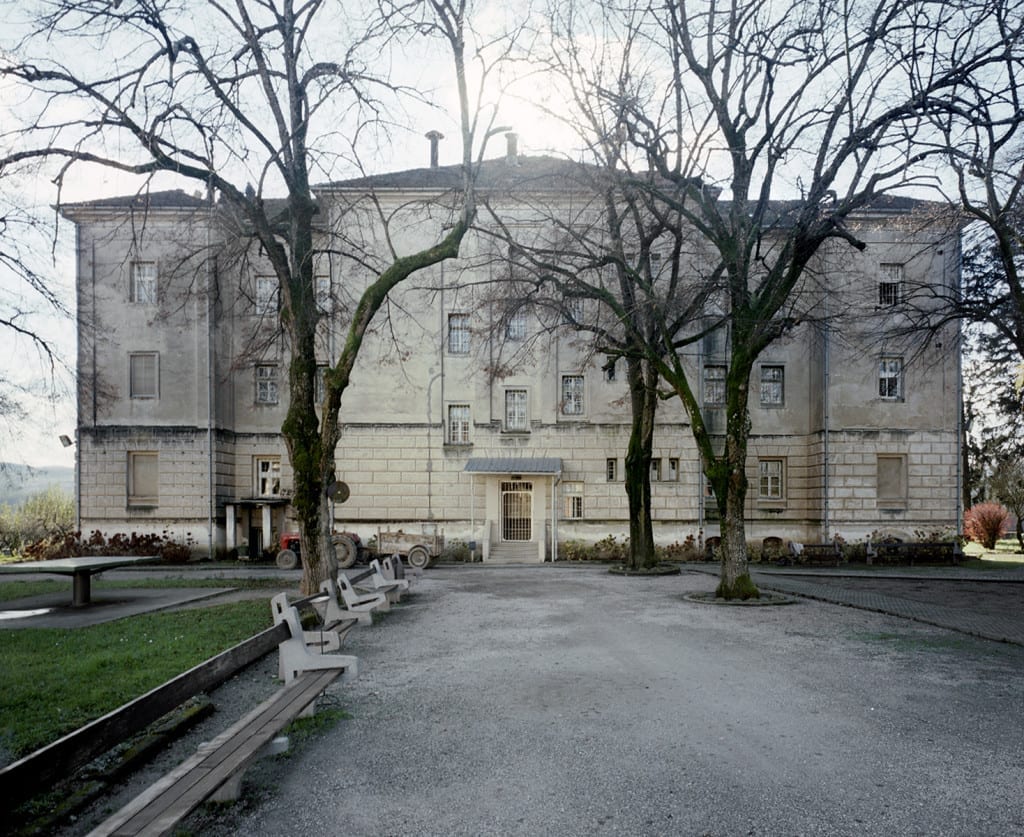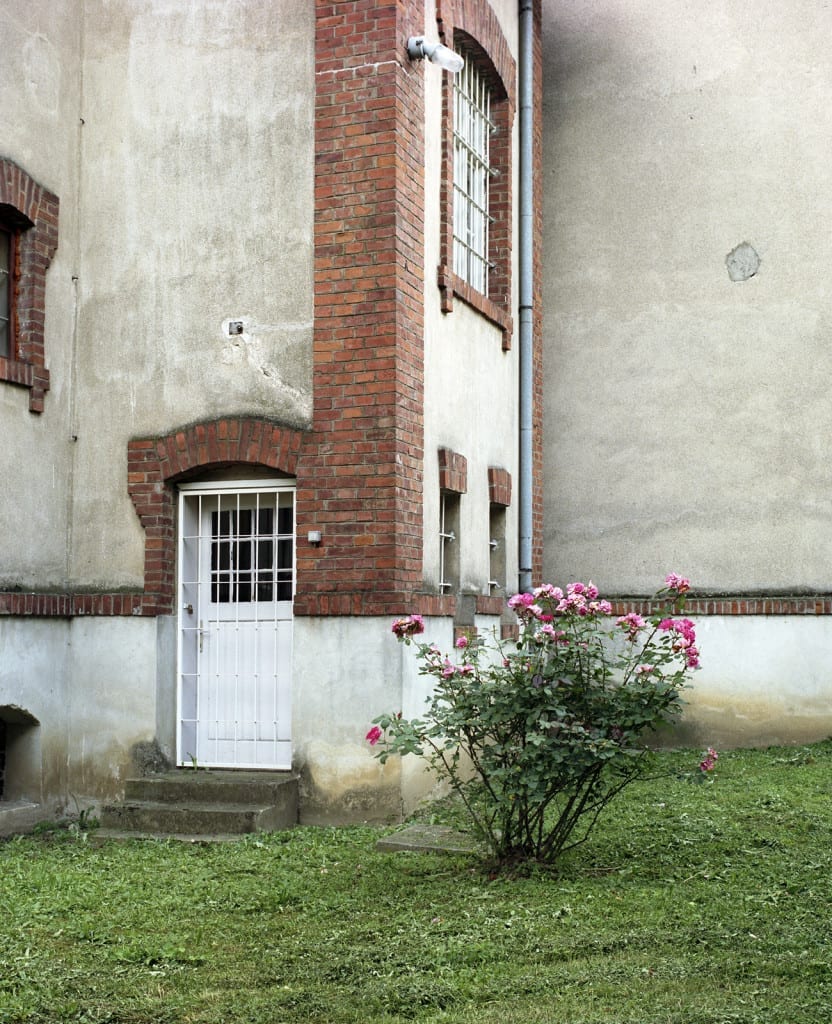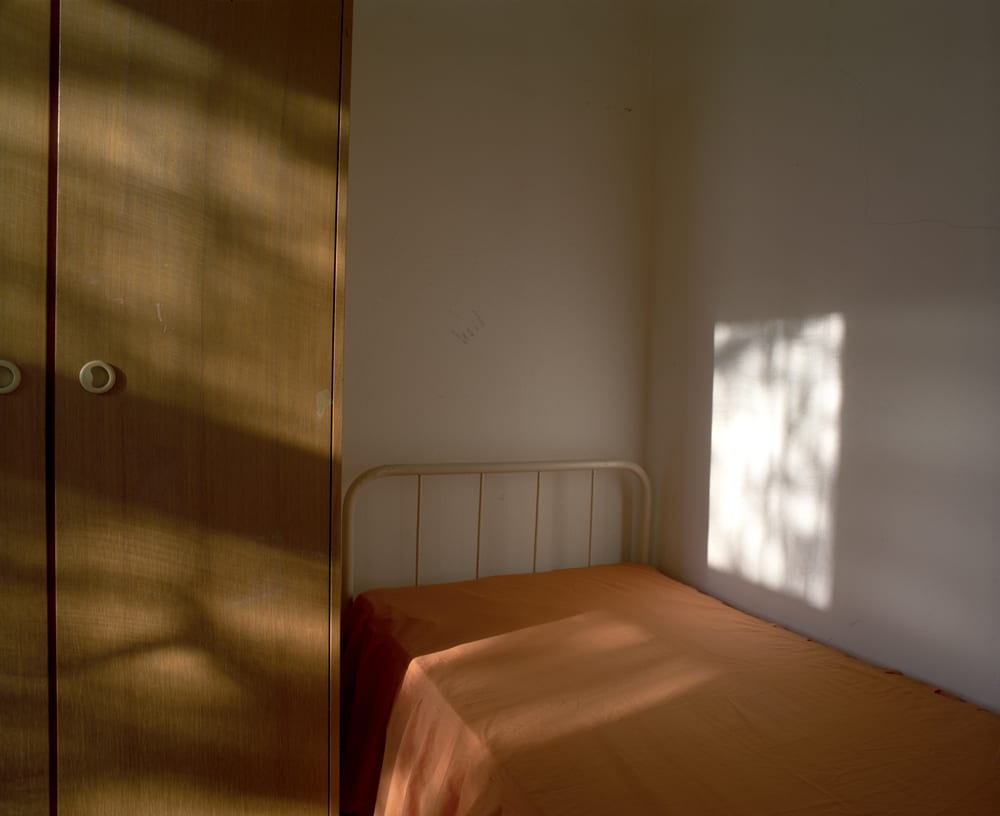Central Slavonia’s quiet Požega Valley is home to Croatia’s only correctional facility for women. Here, 130 convicts repay their debt to society for crimes of varying villainy; from year-long terms for drug possession or theft to life sentences for murder.
Marina Paulenka obtained special permission from the government to photograph the penitentiary, documenting this sensitive social issue over a period of 18 months.

The main prison building was first erected at the tail-end of the Austro-Hungarian Empire in 1915, initially a correctional institution for young orphan boys driven off track by petty crime. But, with the arrival of more young girls, it became exclusively female in 1925.
The institute closed for a brief period in 1941 and later re-opened as the Požega Penitentiary that it is today.
Paulenka’s collection is the first of its kind. It focuses on a hinterland of seemingly banal details that form a comprehensive study of the drudgery of incarceration. The photographs have a calmness of vision that seem to possess a very Balkan minimalism.

Paulenka, who doubles up as the director of Zagreb’s Organ Vida photography festival, is refreshingly direct on what appealed to her about the project.
“The general social climate and economic conditions carry a variety of negative effects for women in Croatian society,” she says. “The big problem is the family situation and the issue of violence against women in the prison.”
The photographer also feels that double standards are at play in the stigmatisation of female criminals: “Condemnation of their situations is much higher than when it comes to men,” she says. “Because of this, many hide where they are; saying that they are on sick leave, longer holidays or long travel.”
Though the phenomenon of detainees denying their incarceration is gender-neutral, Paulenka is adamant about the public perception of female prisoners: “I wanted to translate their prison experiences into a visual language; encouraging critical thinking and discovering the hidden world that we do not want to have anything to do with,” she says. “Prisoners are a product of our society and, therefore, are our responsibility.
“I also wanted to deal with the representation of women in photography – especially in the context of monitoring and surveillance architecture.”

There is a lot to process. The Other Home is a patchwork of subtle symbolism: a synecdoche of nothingness. There is no home, only absence from a home. A non-existence preserved in the lies that prisoners tell to hide their state-issued confinement. An experience denied – time that can only be understood through the inverted kaleidoscope of its floccinaucinihilipilification.
The convicts themselves are missing from the photos. We are therefore invited to examine the inmates’ status in absentia, raising questions of guilt, freedom, motherhood, femininity and the topography of the prison itself.
But this was as much an artistic necessity as a demand by Croatian legal directive.
“I initially wanted to portray the prisoners in a way to camouflage their identity through silhouettes, shadows or shooting only body parts, which generally corresponds to the law,” says Paulenka. “But that was also prohibited.”
Instead, the character of the individuals is suggested by “fingerprints, traces… ‘private things’.
“The photographs focus precisely on the relation of passive glance,” she says. “Clothing and various household objects like flowers that, in the regime of representation, connote femininity,”
The rooms, devoid of living beings, are inhabited by their lives; simple, methodical, punitive. The Other Home is a quiet paean to suppressed femininity existing in a distant valley. It is an expression of vacancy: an anatomy of absence.
See more of Marina’s work here.

